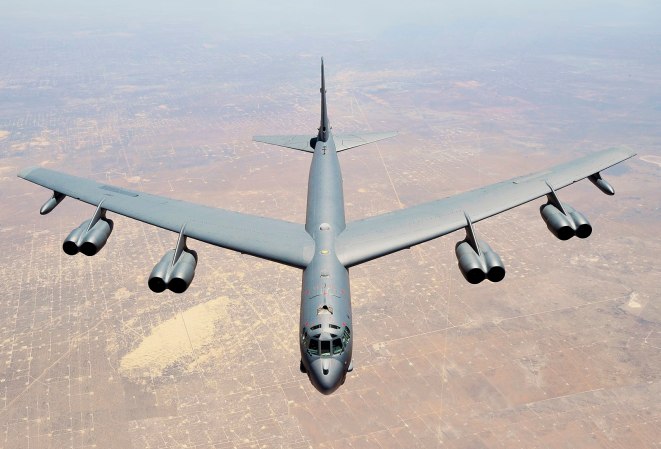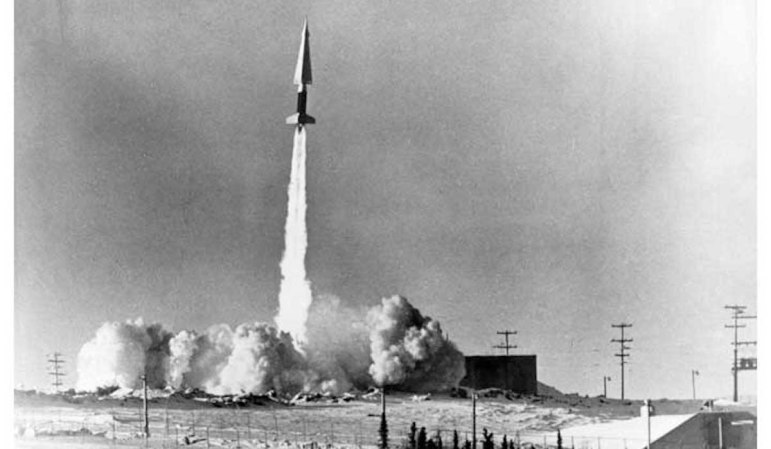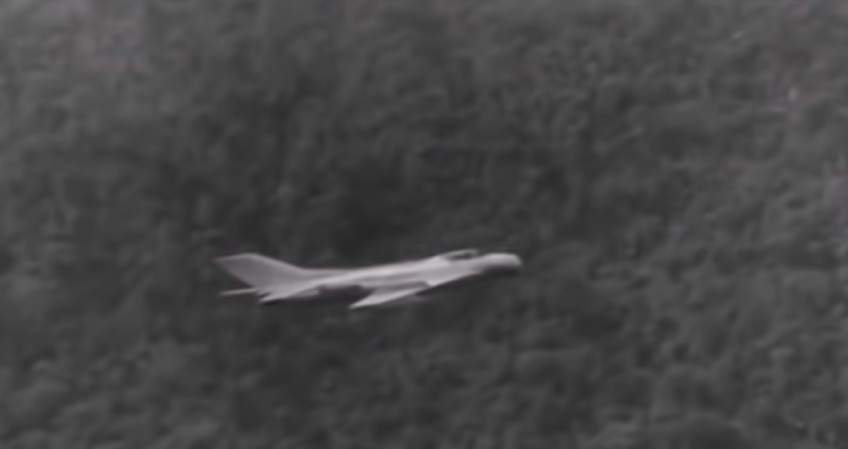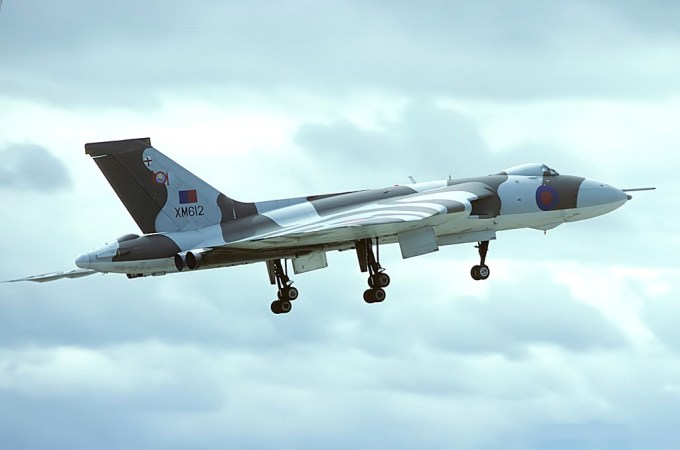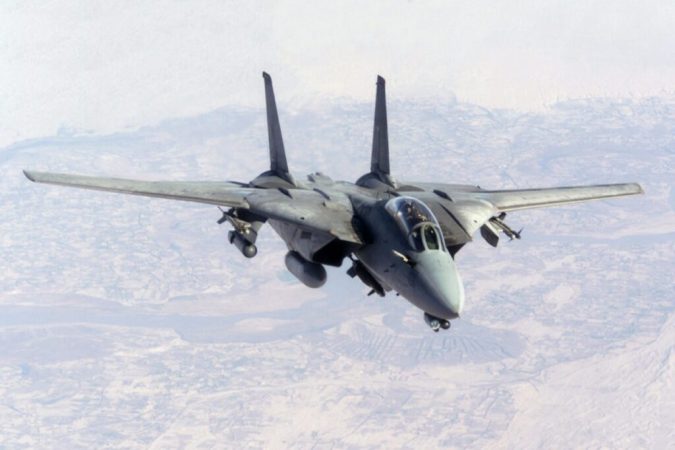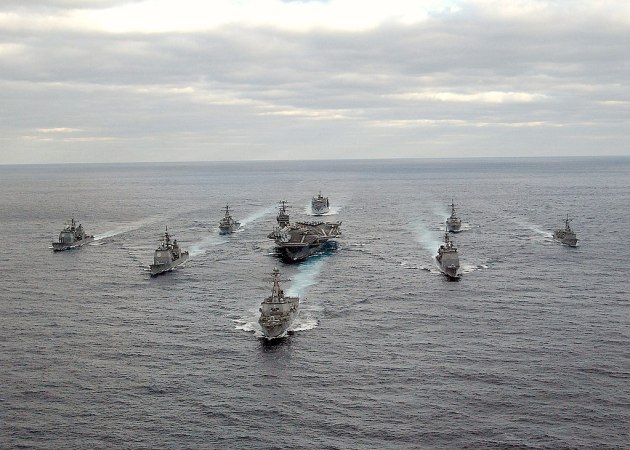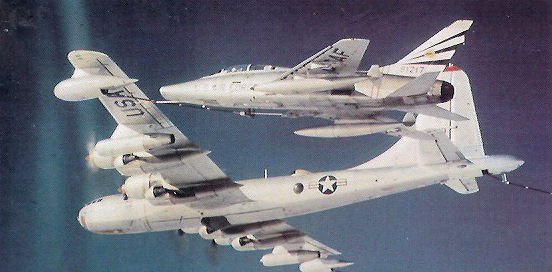In the early days of the Cold War, the United States was working on developing advanced surface-to-air missiles to intercept Soviet bombers. The first and only missile for a while that fit the Air Force’s bill was dubbed the “Bomarc.”
According to Designation-Systems.net, the missile was first called the XF-99, as the Air Force was trying to pass it off as an unmanned fighter. Eventually, the Air Force switched to calling the Bomarc the IM-99.

The system made its first flight in 1952, but development was a long process, with the IM-99A becoming operational in September 1959. The IM-99A had a range of 250 miles, a top speed of Mach 2.8, and could carry either a 1,000-pound high-explosive warhead or a 10-kiloton W40 warhead.
The IM-99A had a problem, though – its liquid fuel needed to be loaded into the booster before launch, a process that took about two minutes. The fueling was not exactly a safe process, and the fuel itself wasn’t entirely stable. So, the Air Force developed a version with a solid booster. The IM-99B would end up being a quantum leap in capability. Its speed increased to Mach 3, it had a range of 440 miles, and only carried the nuclear warhead.

The Bomarc also has the distinction of making Canada a nuclear power. Well, sort of. Canada bought two squadrons’ worth of the missiles, replacing the CF-105 Arrow interceptor. Canada’s Bomarcs did have the nuclear warhead, operated under a dual-key arrangement similar to that used by West Germany’s Pershing I missiles.
The Bomarc, though, soon grew obsolete, and by the end of 1972 they were retired. However, the Bomarc would end up sharing the same fate as many old fighters, as many of the missiles were eventually used as target drones since their speed and high-altitude capability helped them simulate heavy Russian anti-ship missiles like the AS-4 Kitchen and AS-6 Kingfish.

Over 700 Bomarcs were produced. Not a bad run at all for this missile.






